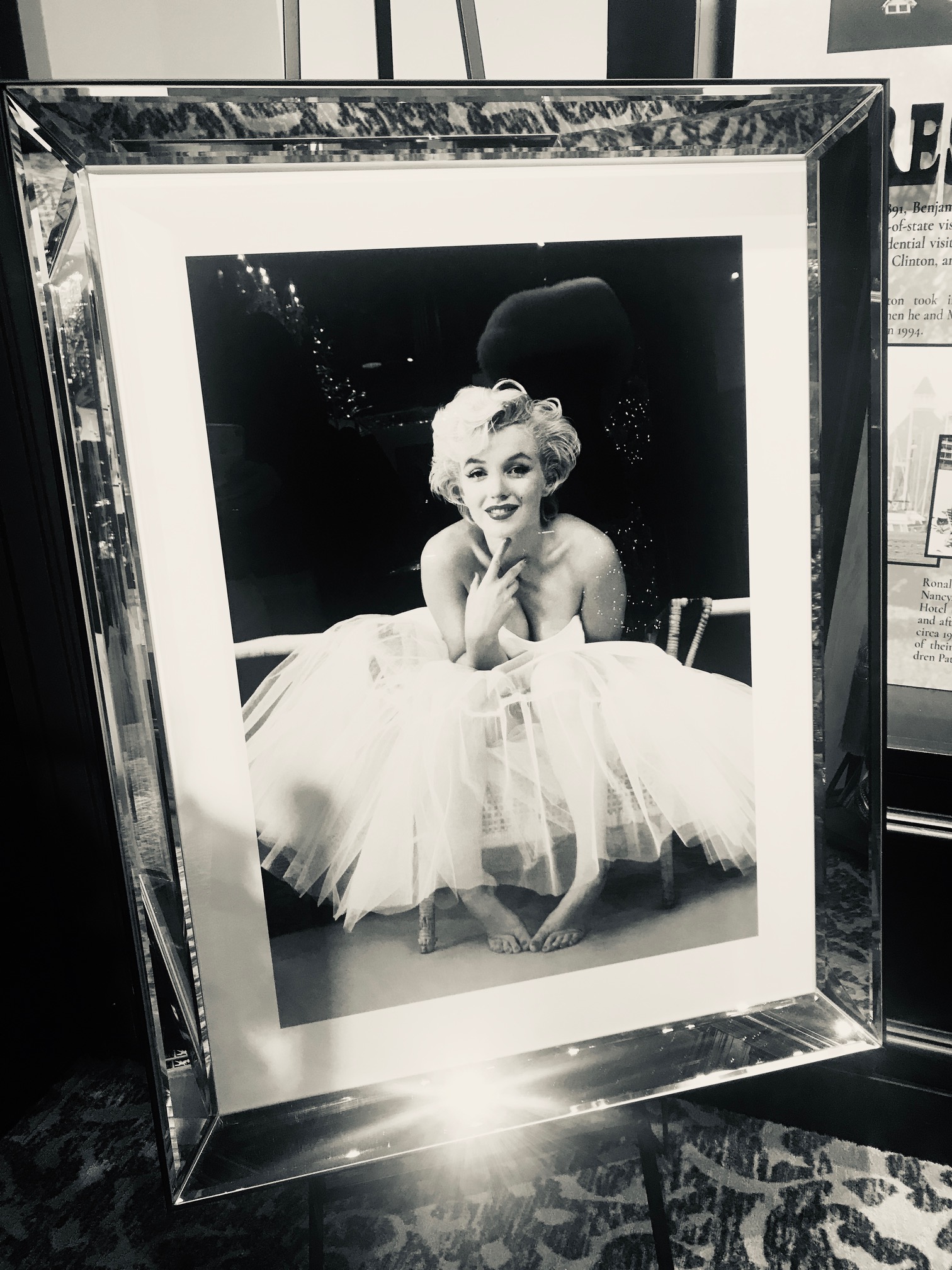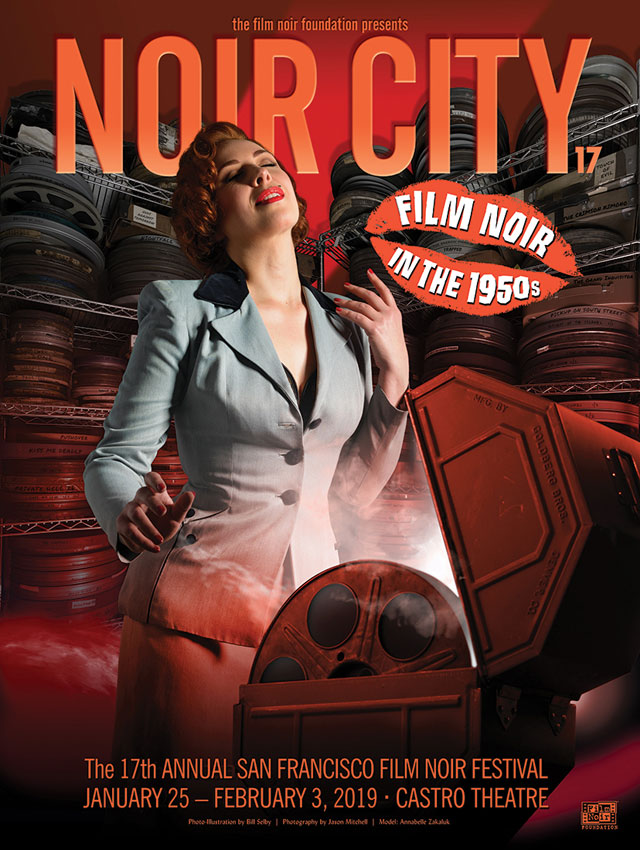If you ask any classic movie fan, The TCM Film Festival is an oasis for all who attend – a tiny, cozy bubble of cinematic nostalgia where movie nerds can quote, converse, question and rail with each other in complete safety. An event that is anticipated the whole year long by a group as thick as thieves. The atmosphere was ripe with enthusiasm among movie goers who, this year, paid $1,500 or more to escape daily life for a time to celebrate two important milestones; the 10th festival and the 25th anniversary of the Turner Classic Movie channel, respectively. But nothing happens in a vacuum, including this annual convention of amateur film historians & critics.
Beyond the edges of this bubble was a landscape of complete corporate upheaval. In June 2018, Time Warner was acquired by AT&T in one of the largest corporate mergers in history. Though the acquisition was announced in 2016, a series of high-profile lawsuits delayed its completion; lawsuits that were filed by the Trump Administration in what was the first time in several decades that the Justice Department interfered in a corporate merger.
This interference was clearly politically motivated and ultimately deemed inappropriate by multiple courts. Though I despise everything the Trump Administration does and represents, I have to agree that the marriage of two corporate titans into one massive conglomerate is suspicious and concerning. One of the world’s largest telecommunications companies combined with one of the world’s largest entertainment companies will undoubtedly monopolize the field and harm competition.
The results of this merger have yet to be fully understood or felt, but TCM is existing on shaky ground. During mergers of this scale, alarm bells sound in all directions as the parent company typically conducts an internal slash-and-burn operation to cut any “unnecessary waste” where no employee or department is safe. There were some immediate layoffs at Warner Bros., but nothing shocking. Still, there is an underlying anxiety as to the security of a channel that is a mere cog in an enormous wheel getting larger and faster by the day. A slash to the gut would be no surprise – could TCM be next?
Of course, at the annual “Meet TCM” panel that kicks-off each festival, TV executives did everything they could to subdue all doubts or fears floating in the dark corners (or theaters) all around them. The TCM Film Festival has always been a financial loss, so it is an easy target, however, they did announce that a festival would happen next year, much to everyone’s relief. To their credit, these executives had a lot to do: they had to celebrate two major milestones, explain a massive corporate restructure and prove, for the record, how they remain relevant and popular – as if they themselves were being recorded on a direct phone line to the high echelons of AT&T.
Well, if anything helped TCM appear to be shouting from the rooftops proving their relevance and as an (attempted) money maker, it was films that were chosen to show. The presence of popular crowd pleasers dominated the lineup: GONE WITH THE WIND (1939), THE SOUND OF MUSIC (1965), STAR WARS (1977) continued by a tribute to Nora Ephron’s films STEEL MAGNOLIAS (1989) and WHEN HARRY MET SALLY (1989) amongst others. In fact, when STAR WARS was announced in the lineup earlier this year, the festival tickets sold out. Not a bad fact to bring to the boss! Though GONE WITH THE WIND can be excused because it was the first film ever to show on the channel in 1994 in a nod to the milestone, I can’t help but think that choosing these films was a strategic move by TCM executives to save itself – as if a neon sign was blinking: “THIS IS BETTER THAN NETFLIX”. As generations age, a Warner or AT&T exec is more likely to recognize and appreciate a screening of STAR WARS than an Erich von Stroheim silent…

Though big films satisfy the bottom line, it’s the small films that gain the most attention by cinephiles. The final day of the festival, Sunday, reserves a handful of slots for “TBD’s” which are announced on Saturday afternoon. These TBD’s are spaces saved for films that sell out the previous days of the fest, and on Sunday you get a second chance to see them. Without fail, it’s the little-known pre-codes or 80 min silent films that sell out. Why? Because this is the very thing people come to a film festival for; what other opportunity does one have to see these films in the way they were originally intended to be seen?
I realize that I’m painting a rather dark picture, so let me adjust. Against this ominous backdrop, spirits were high among festival goers, as they always are. Friends reunited, celebrations ensued and schedules were immediately compared and just as quickly, crossed out and reworked. It is a jubilant atmosphere of people who really know their stuff. Even though this was my second year, I was intimidated from the beginning, and I’m not exactly stupid. The wealth and breadth of knowledge these people possess is truly shocking and a wonderful thing to behold. Standing in line under the hot sun, I came to understand that for the people standing all around me, classic film is their bread and water – their everything. Who am I? I should just give up now!
I saw 10 films this year and loved every single one of them. To highlight a few: A WOMAN OF AFFAIRS (1928) with a live studio orchestra was unforgettable, HOLIDAY (1938) couldn’t have been more enchanting on the big screen to a sold-out audience, and THE OPPOSITE SEX (1956) by the pool at The Roosevelt was nothing short of a riot. Even a movie I thought I’d hate, I loved; WHEN WORLDS COLLIDE (1951) made it to my docket only for the thrill of seeing Barbara Rush in-person to introduce it. I’ll be writing a separate post detailing another wonderful event I enjoyed: the screening of SLEEPING BEAUTY with a post-screening discussion with two of the original animators.

Though one can always nitpick at the lineup of films presented at this fest, few walk away dissatisfied. There is always something to see and enjoy, proving that the films themselves are the heart of this entire operation. However, the real magic of film festivals is everything else inserted into the program that surrounds the screenings. The opportunity to attend lectures, panel discussions and interviews of people in the trade is what makes film festivals so unique and special. These types of events helps with the “full immersion” that any film fan is seeking when they attend. For most other festivals of course, it’s not all fun and games. Filmmakers, distributors and financiers show up for the purpose of getting noticed, brokering a deal and/or finding talent. Though TCM is not exactly built or intended as a setting for such business dealings, the model should still be upheld.
In this regard, I think TCM could do much better. If I were crafting this program, I would structure the festival in two distinct parts: 1. Here’s the Art, 2. Here’s Why it Matters. A perfect example of this occurred on the final day, when they paired GONE WITH THE WIND (1939) with a fascinating discussion at Club TCM preceding the screening titled “The Complicated History of Gone with the Wind” hosted by Donald Bogle with (my favorite) critic Mollie Haskell as a panelist. This was an absolutely TERRIFIC (and sold-out) conversation about a film that continues to morph and shift in the public consciousness as time passes, and was a wonderful opportunity to discuss the film’s history and how it relates to modern audiences.

Another example of a non-screening event that had all the right components was the FASHION IN FILM of TCMFF 2019 lecture by Kimberly Truhler at the Women’s Club of Hollywood. This is a huge hit among festival goers, and many arrive to Los Angeles early in order to attend. Yet surprisingly, this event is actually unaffiliated with the TCM Film Festival, officially. It has unofficially, however, become a signature event in the festival program and contains exactly the kind of substance and intelligent, educational material that fans are looking for. The presentation selects certain movies from the TCM lineup and highlights the element of costume design and a film’s individual contribution to style in the broader context of Hollywood and its history. Kimberly’s lecture is a devotee’s dream, soaking us in film history, juicy personal stories of stars we love, and primes our minds for what we will witness in the days ahead. As an added bonus, the event featured a display of original Joseff of Hollywood jewelry worn by the stars in very films were would be seeing later in the week: Katharine Hepburn in Holiday, Irene Dunne in Love Affair, Grace Kelly in High Society, and Ava Gardner in Mogambo.

These two events emblematize exactly what I, and many others, are hungry for. We’ve all seen these films a million times and will see them a million more. What I want is a chance to see these films I love with fresh eyes – to experience them with new information given to me by experts who know it. THIS is how you celebrate cinema. By understanding HOW and WHY it continues to matter. I implore TCM to invest more in panels, lectures and interviews – it is a model that works.
This leads me to my next (and final, I promise) criticism. Each film had an in-person introduction, either a single presenter or as an interview with two on stage. Many were very good, most notably Cari Beauchamp and Eddie Muller, drowning us all with their fountains of knowledge. But others were, quite simply – ghastly. I won’t name names, but many of introductions were done by celebrities who just didn’t know what they were talking about and it showed. The pairings of person –> film didn’t make any sense. They are fans who also just happen to be famous. I don’t mean to be discouraging – yes, you can be famous and you can be a classic movie fan, but for the love of god, please PREPARE before you fling yourself onstage to talk about a film that you’ve maybe seen twice. Many introductions descended into an awkward and irritating cacophony of voices giggling “hahaha, you’re amazing, this movie is amazing, the end”.
I understand the excitement of hosting a celebrity, rather than an unknown academic, to introduce a notable film. Having their name associated with a small, niche festival carries much more weight than for flashier venues. This is fine – BUT there must be strict expectations attached to this agreement. A SCRIPT, for example, containing carefully curated questions and answers would have been nice. I know this is an “in a perfect world” request, but isn’t this what actors are used to?! Sigh…
With all of my snobbish critique aside, this is still an unforgettable four days that are cherished and dreamed about by fans all year long. Despite the surges of capitalist tides, our tiny bubble of precious joy lives on – our Oz endures.


































































